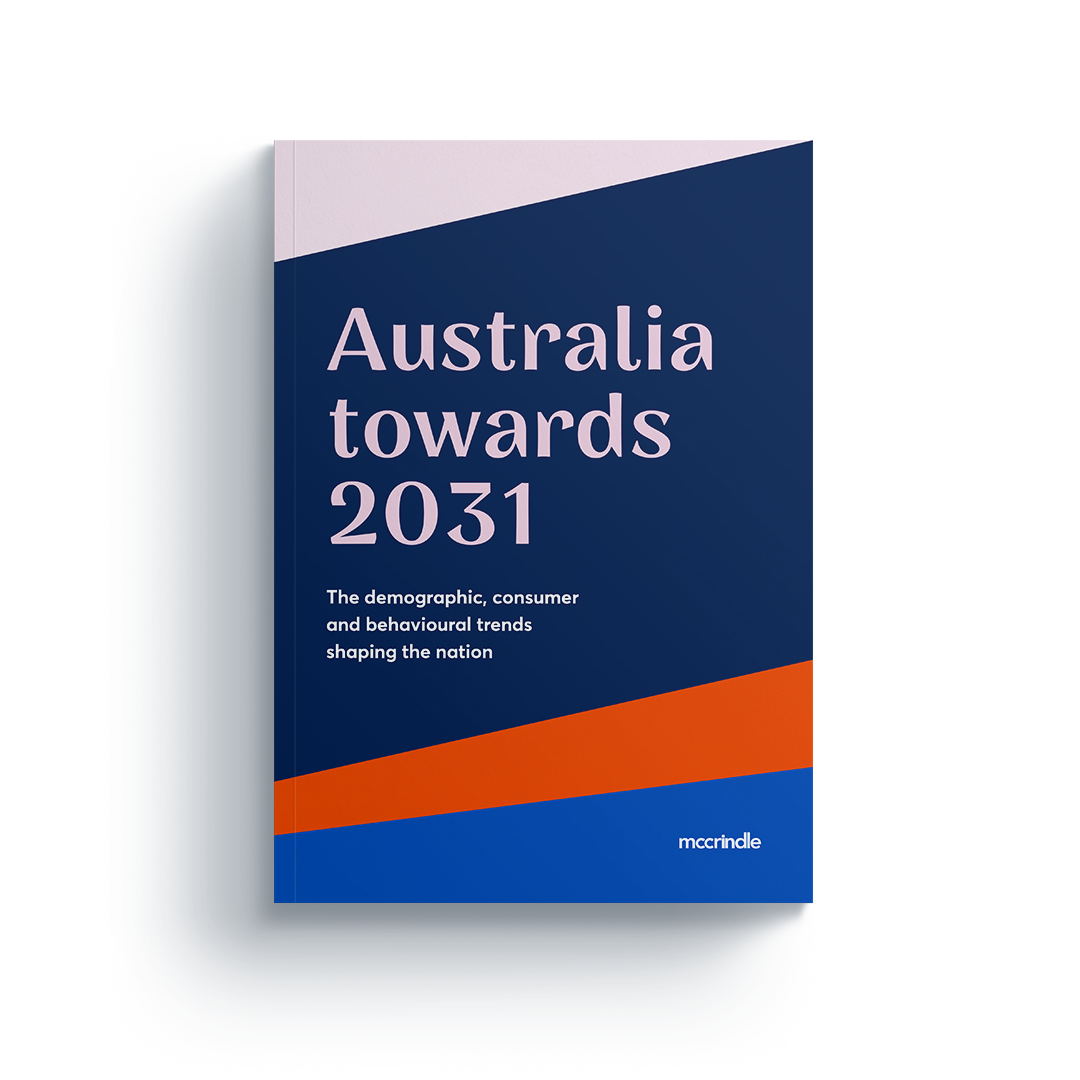Sydney’s change in dwelling types: a more connected future

A global map of population density has once again prompted conversations about the density of Sydney and its impact. Some of our team discussed these trends in Sydney’s dwelling types for the News on Channel 7 and 10.
Comparison of ABS Census data shows how urban areas (such as Ultimo and Parramatta) differ to Sydney’s average in terms of dwelling types. A fascinating story also emerges when Sydney’s northwest and southwest growth corridors are considered. Our analysis shows that Sydney is becoming more vertical, as expected, however it’s in Sydney’s growth corridors where we see the emergence of more ‘connected homes’, referring to semi-detached townhouses and terrace style homes.
Urbanisation on the rise
In the five-year period between 2011 and 2016, Sydney saw a 2.3% increase in the number of flats and apartments, amounting to 64,344 new dwellings. There was a 1.2% increase in semi-detached row or terrace house townhouses, equalling 33,064 new dwellings. A total of 97,408 new townhouses and apartments across Greater Sydney were offset by a decrease of 1,837 detached houses over the same five-year period, equating in the rise of vertical and semi-detached dwellings in Sydney.
[wpdatatable id=9]
Sydney urban areas are vertical communities that are less likely to own vehicles
Sydney’s urban areas like Ultimo or Parramatta contain a dominant proportion of flats and apartments, while containing remarkably less (proportionally) detached houses than the Sydney average. These areas are defined by urban, vertical communities who rely on public transport and active transport services. In Parramatta, one in four houses/apartments do not own a car (25%) compared to the NSW average of 9%. This rises even further in Ultimo (Sydney CBD) with more than one in two dwellings (55%) not owning a single car.
Our growth corridors contain a new dwelling mix
In Sydney’s Northwest and Southwest growth corridors, a ‘new normal’ dwelling mix is emerging – the ‘connected dwellings’. This term refers to semi-detached townhouses and terrace style dwellings. In Rouse Hill this dwelling type comprises more than a third (34%) while in Camden it comprises 21%, much higher than Sydney’s average at 14%. While Rouse Hill, a suburb in Sydney’s northwest growth corridor, is being transformed by the new Sydney Metro train line which is nearing completion, only 1% of houses do not own a car. In Rouse Hill there is an average of 2.2 cars per dwelling, higher than Sydney’s average of 1.7 cars per dwelling.
[wpdatatable id=10]
For media commentary contact us on 02 8824 3422 or at [email protected]




